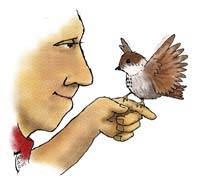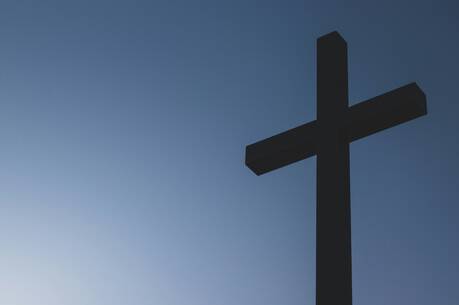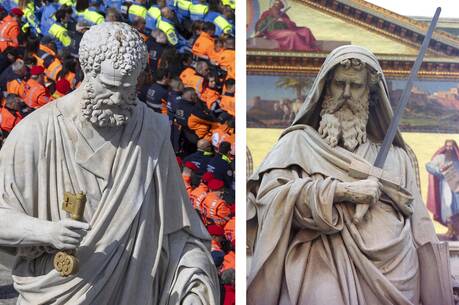Thinking Small and Big
As New Testament Christians we hope for right relationship with God, eternal life with God and the full coming of God’s kingdom. The ground of our hope is Jesus, especially as the risen one. Nevertheless, in our everyday lives we sometimes may lose hope, perhaps not about ultimate realities but about our health and safety, about loved ones, about the future and so on. There is much to be afraid of in our world. Today’s Scripture readings can help us sustain our hope by thinking on both a small and a large scale.
Sparrows, small birds that congregate in groups and make nests, were very common in the Holy Land in Jesus’ time. Some people trapped and sold them. They were very cheap, but so small they yielded very little meat. Nevertheless, poor people bought sparrows to eat and also to offer as sacrifices at the temple. The point of Jesus’ saying about sparrows is that these birds were among the most insignificant creatures that people in Jesus’ time and place could imagine.
Today’s selection from Matthew 10 comes from near the end of Jesus’ instruction to his disciples as he sends them forth to carry on his mission of preaching and healing. He was asking them to live simply and to expect opposition and rejection. Jesus holds up the image of the sparrow to reinforce the disciples’ trust and hope in God.
After warning the apostles about the dangers facing them, Jesus reminds them that his loving Father, who exercises care for insignificant creatures like sparrows so that not one of them drops to the ground without God’s knowledge, will surely care for them (and us). We are worth more than sparrows, and so we can trust God to love us and care for us. In this way the tiny sparrow becomes an image of hope. When we become confused, frustrated and fearful, we may find clarity and hope in this image: if God cares for sparrows, how much more does God care for us and want what is good for us.
If Jesus’ image of the sparrow can help us to think small, then Paul’s meditation on Adam and Christ in Romans 5 can help us to think big enough to place our hopes and fears in the broad framework of salvation history. Paul uses Adam as an image of fallen humankind, enslaved under the dominion of sin and death. He holds up Christ not only as the symbol of redeemed humankind but also as the one through whom we have been freed from sin and death and freed for life in the Spirit. Paul emphasizes that the gift of freedom given to us through Christ far surpasses Adam’s transgression. As humans we all carry within us the figures of both Adam and Christ. While it is often easier to see Adam around us and in us in our everyday lives, the challenge of Christian life is to let the risen Christ shape our very self and let his life be our life. To do so, we need to think both small and big.
This article also appeared in print, under the headline “Thinking Small and Big,” in the June 9, 2008, issue.








